For individuals experiencing or managing low back pain and/or sciatica, can lumbar traction therapy help provide consistent relief? Lumbar Traction Lumbar traction therapy for lower…
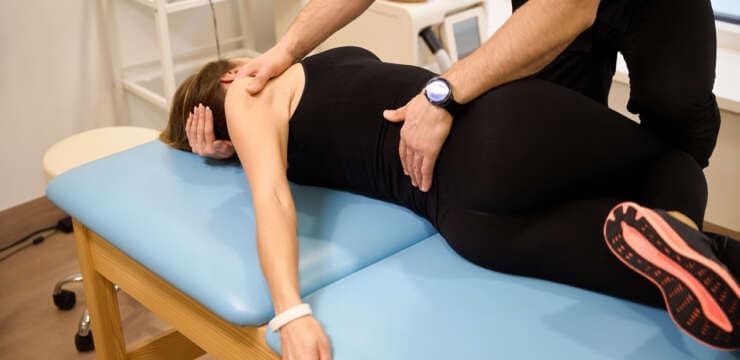
Dr. Alex Jmenez, Chiropractor and Health Expert Discusses: Spinal Decompression Therapies, Protocols, Rehabilitation, and Advance Treatments Care Plans
At our offices, we offer conservative care for degenerative spinal conditions, including several treatment modalities. Thus, the traction distinguishes as it can elicit the body’s protective proprioceptive response to distraction, reducing intradiscal pressure and minimizing symptoms secondary to disc herniation and axial pain.
Our integrative treatments aim to determine the clinical effects of a short treatment course of motorized axial spinal decompression for patients with pain and physical impairment caused by either lumbar or cervical degenerative disc pathology with no immediate surgical indication.
Conservative care for mid to long-term degenerative spinal conditions with axial and irradiated pain generally includes pharmacological treatment, physical rehabilitation, or injections. Mechanical traction is an old treatment modality, which has been decreased in use facing other modern technologies or utilized in combination with other treatment modalities, such as manual therapy, exercises, heat, or electrotherapy. We, too, offer advanced spinal treatment workshops and boot camps to help educate patients on the dynamics of spinal hygiene.
Our patients get treated for chronic radicular axial spinal pain. This is a referred pain in the spinal axial skeleton and is considered a syndrome with both nociceptive and neuropathic pain components. Patients report improvement in symptoms with a reduction of the axial load in the spine.
Previous studies have shown a decrease of pressure in the intervertebral disc after traction, unloading of the spinal structure, and alleviating the inflammatory reaction of the nerve roots. Here, we present our patients’ literature and scientific background information to make educated decisions about the advanced spinal decompression protocols.
If you’re looking for a non-surgical solution for your persistent back or leg pain, you may want to try spinal decompression therapy. Unlike invasive or laparoscopic surgeries, spinal decompression does not require the patient to go under the knife. Instead, the patient’s spine is stretched to relieve back and leg pain. The goal of spinal decompression is to create an ideal healing environment for the affected areas.
This treatment is typically used for:
Bulging discs
Degenerating discs
Herniated discs
Call us today to schedule your first appointment! Our team in El Paso is happy to help.

For individuals experiencing or managing low back pain and/or sciatica, can lumbar traction therapy help provide consistent relief? Lumbar Traction Lumbar traction therapy for lower…

Can individuals with herniated discs find the relief they are looking for from traction therapy or decompression to provide pain relief? Introduction The spine allows…

Can individuals with spinal pain in their necks and back utilize decompression therapy to restore spinal disc height and find relief? Introduction Many people don’t…
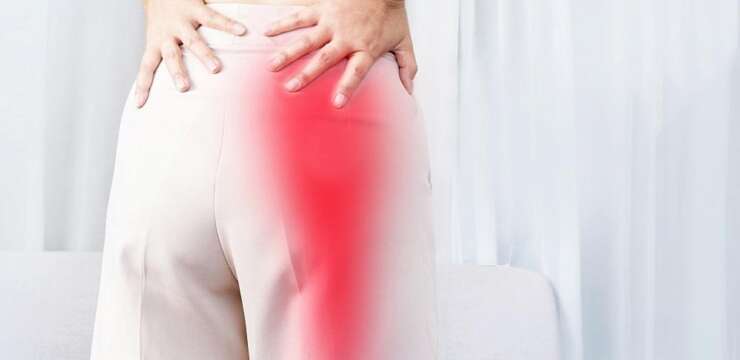
Can non-surgical treatments like acupuncture and spinal decompression provide relief to individuals dealing with sciatica? Introduction When many individuals start to feel pain running down…

Can individuals with lumbar spinal stenosis utilize spinal decompression to reduce low back pain and restore mobility? Introduction Many individuals worldwide have dealt with low…

Can individuals with cervical spinal pain incorporate spinal decompression therapy to reduce neck pain and headaches? Introduction Many individuals deal with neck pain at some…
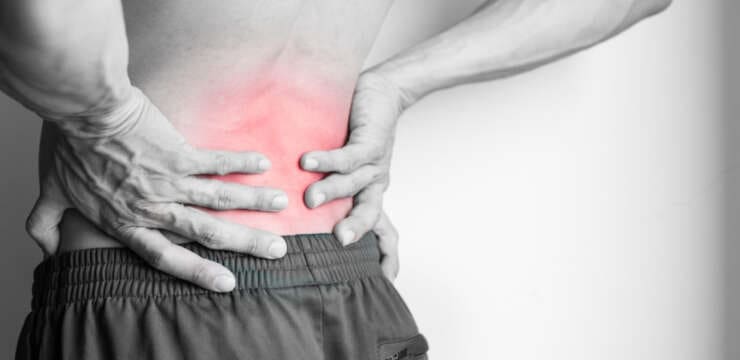
Can nonsurgical therapeutic options help individuals with chronic low back pain find the relief they are looking for to restore body function? Introduction Between the…

Can individuals with leg and back pain find the relief by incorporating decompression to reduce pain-like associated symptoms? Introduction The lower extremities help stabilize the…
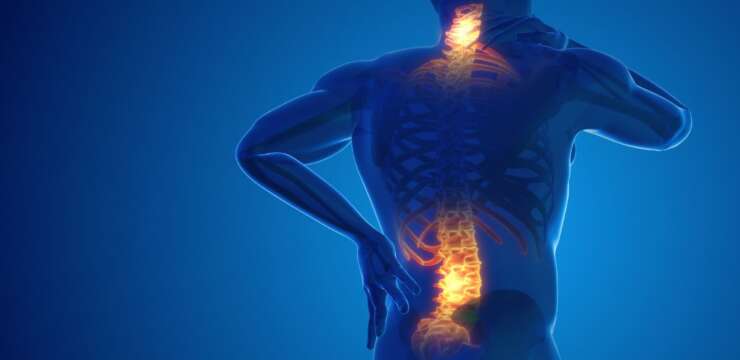
Can working individuals dealing with degenerative pain syndrome incorporate decompression to provide body relief and mobility? Introduction As part of the musculoskeletal system, the spine…

Can individuals dealing with hip pain, find the relief they are looking for from spinal decompression to reduce their sciatica pain? Introduction When it comes…

Can individuals with osteoarthritis incorporate spinal decompression therapy to restore spinal mobility and quality of life? Introduction As the body ages, so does the spine,…

Can working individuals with low back pain incorporate nonsurgical treatments to reduce limited mobility and provide relief? Introduction Many working individuals will slowly develop low…
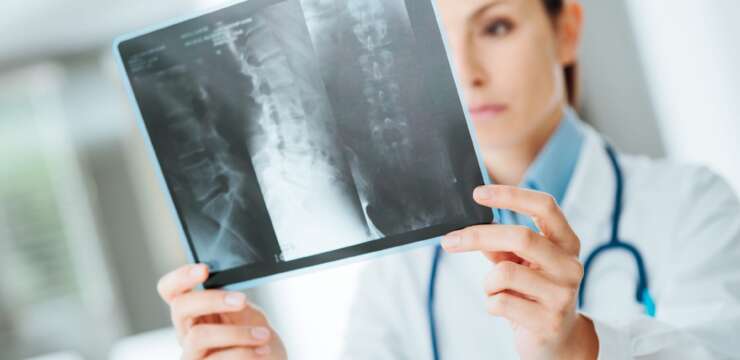
Can individuals dealing with neck and back pain find the relief they need from the effects of spinal decompression therapy? Introduction Across the world, many…
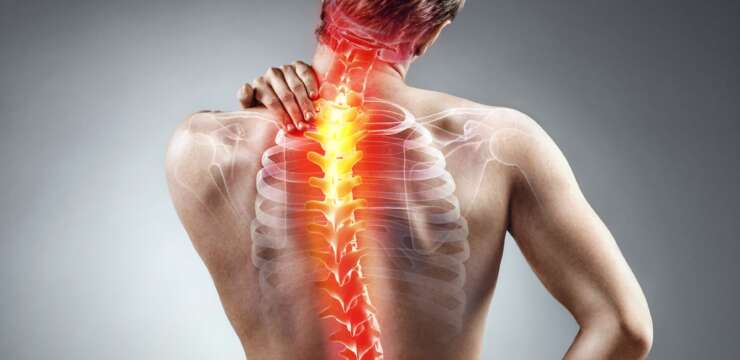
Can individuals incorporate decompression to reduce spinal disc pressure on their lower backs to restore their quality of life? Introduction The spine has a wonderful…
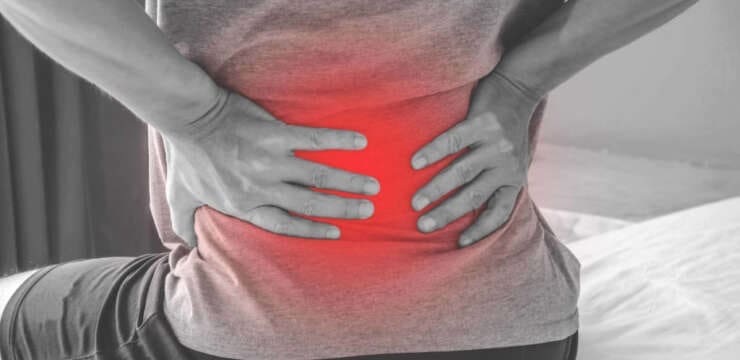
Can individuals with herniated pain associated with low back pain find relief through spinal decompression to restore mobility? Introduction Many people worldwide have experienced pain…
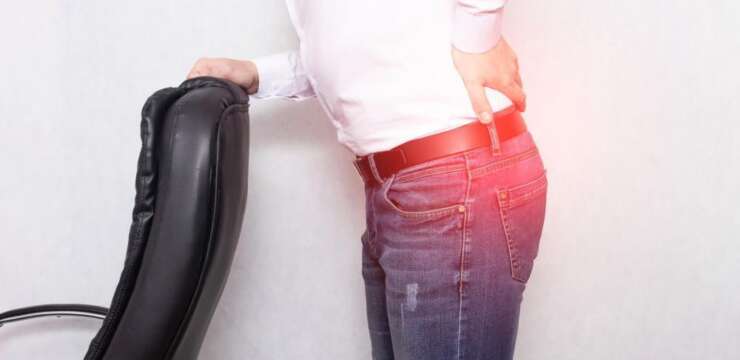
Can individuals with sensory nerve dysfunction incorporate nonsurgical decompression to restore sensory-mobility function to their bodies? Introduction The spinal column in the musculoskeletal system comprises…

Can individuals with low back pain find nonsurgical solutions to restore lumbar mobility and stability to the lower limbs? Introduction As one of the top…